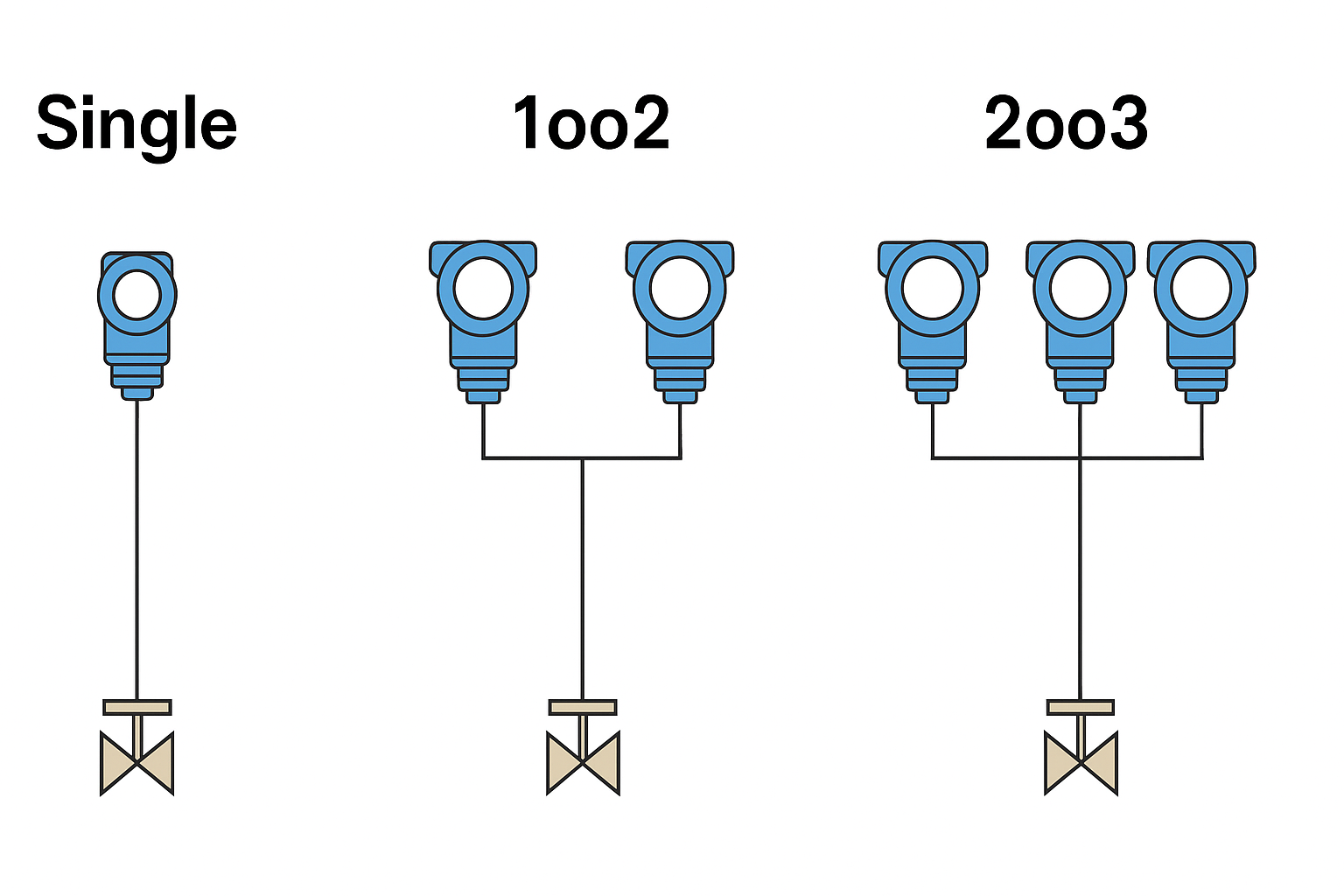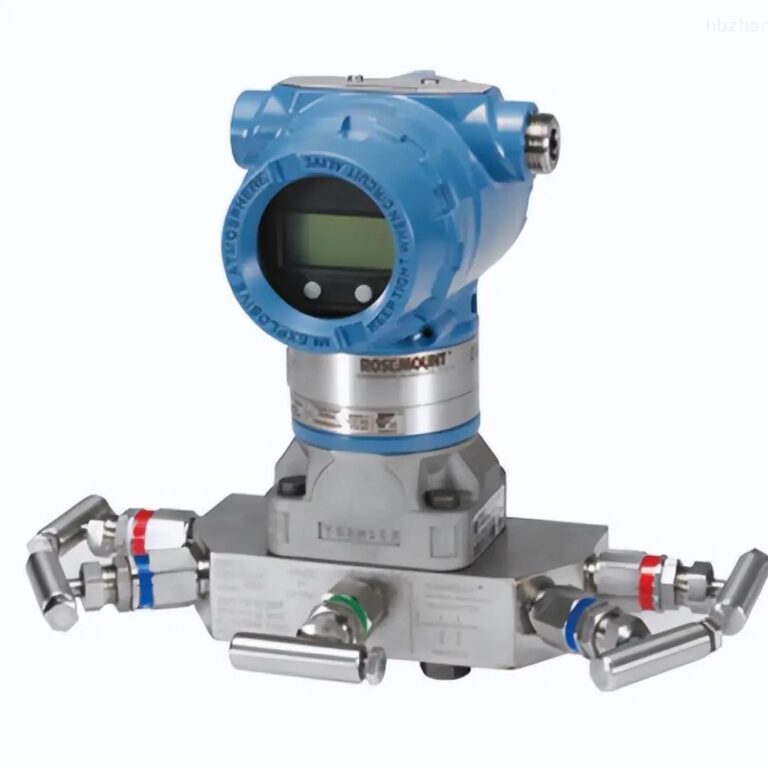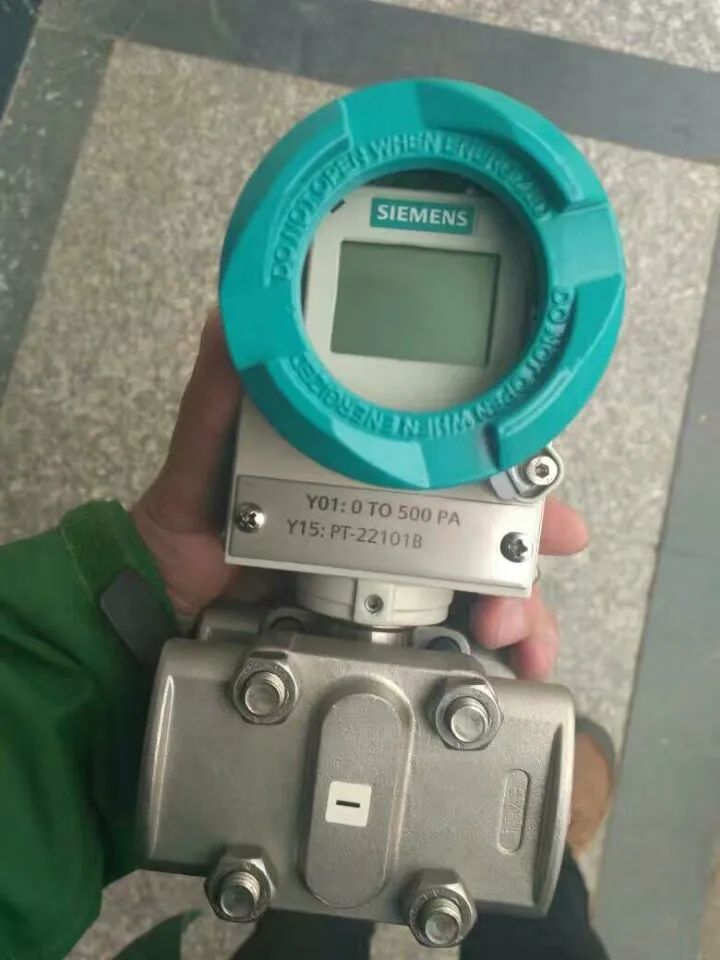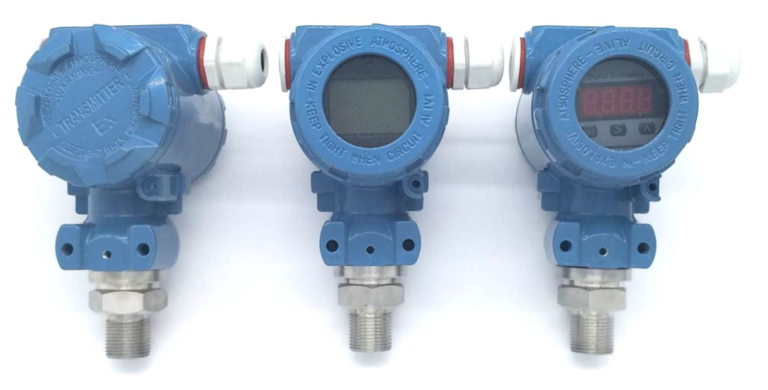In pressure and level transmitter selection, diaphragm material plays a critical role, especially under extreme working conditions such as strong corrosion, high temperature, and cryogenic environments. Proper material selection ensures the reliability, accuracy, and longevity of the transmitter.

1. Diaphragm Material Selection for Strong Acid and Strong Alkali Environments
1.1 Strong Acid Environments (e.g., Sulfuric Acid, Hydrochloric Acid, Nitric Acid)
Recommended diaphragm materials:
Tantalum: Excellent resistance to most strong acids, including sulfuric, nitric, and hydrochloric acids.
Hastelloy C276 / C22: Superior corrosion resistance against a wide range of aggressive chemicals, particularly oxidizing acids.
PTFE (Polytetrafluoroethylene): Outstanding chemical inertness and broad temperature resistance, though mechanical strength is lower.
Titanium: Good resistance to certain acid concentrations, especially oxidizing environments.
1.2 Strong Alkali Environments (e.g., NaOH, KOH)
Recommended diaphragm materials:
Inconel 625 / 600: High resistance to alkaline corrosion and mechanical strength.
316L Stainless Steel: Acceptable for moderate alkaline concentrations and lower temperatures.
PTFE / FEP (Fluorinated Ethylene Propylene): Exceptional chemical stability against strong alkalis.

2. Material Selection for High and Low Temperature Applications
2.1 High Temperature Environments (>150°C)
Recommended diaphragm materials:
Inconel 718, Hastelloy X: Excellent mechanical strength and corrosion resistance at elevated temperatures.
310S Stainless Steel: Suitable for temperatures up to 1100°C in non-corrosive environments.
PTFE: Maximum continuous operating temperature around 260°C; limited by mechanical strength.
PEEK (Polyetheretherketone): Suitable for applications up to 250°C with excellent chemical and mechanical performance.
Note: Sealing materials should be selected for high-temperature resilience.
2.2 Low Temperature Environments (< -50°C)
Recommended diaphragm materials:
304 / 316L Stainless Steel: Good low-temperature toughness down to approximately -196°C.
Inconel 625: Outstanding low-temperature mechanical properties.
Special Considerations:
Avoid materials prone to low-temperature brittleness.
Prefer face-centered cubic (FCC) structure metals.
Select low-temperature elastomers (such as FKM or FFKM) for sealing to prevent condensation or ice formation affecting diaphragm sensitivity.

3. Comprehensive Selection Recommendations
3.1 Coordinated Consideration of Corrosive Medium and Temperature
High-Temperature Strong Acid Environments:
Primary Choices: Hastelloy C276 + PTFE coating.
Alternative Choices: Inconel 625 with suitable chemical protection layers.
Cost-Effective Option: 316L with additional PTFE lining (if corrosion is not extremely severe).
Strong Alkali with High Temperature:
Inconel 625 or PTFE-coated diaphragms are preferred for long-term reliability.
3.2 Cost and Feasibility
Pure Tantalum and Hastelloy materials are expensive and should be selected only when necessary.
PTFE linings offer excellent chemical resistance at significantly lower costs, though they may reduce mechanical robustness.
3.3 Validation and Testing
Laboratory chemical compatibility tests are recommended before final material selection.
Consider pressure and temperature cycling tests if the application involves frequent start-stops or extreme shifts.

4. Summary Table: Diaphragm Material Quick Reference
| Environment | Recommended Materials |
|---|---|
| Strong Acid | Tantalum, Hastelloy C276, PTFE |
| Strong Alkali | Inconel 625, 316L, PTFE |
| High Temperature (>150°C) | Inconel 718, Hastelloy X, PEEK |
| Low Temperature (<-50°C) | 304/316L Stainless Steel, Inconel 625 |
By carefully evaluating the type, concentration, temperature, and pressure conditions of the corrosive medium—along with budget and maintenance considerations—users can optimize diaphragm material selection to ensure the long-term reliability and accuracy of level and pressure transmitters.
(For detailed chemical resistance properties, please refer to dedicated corrosion resistance charts.)
